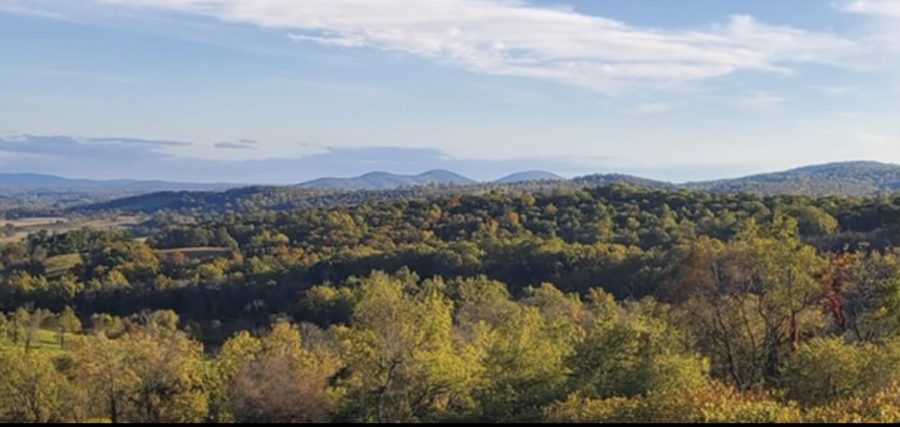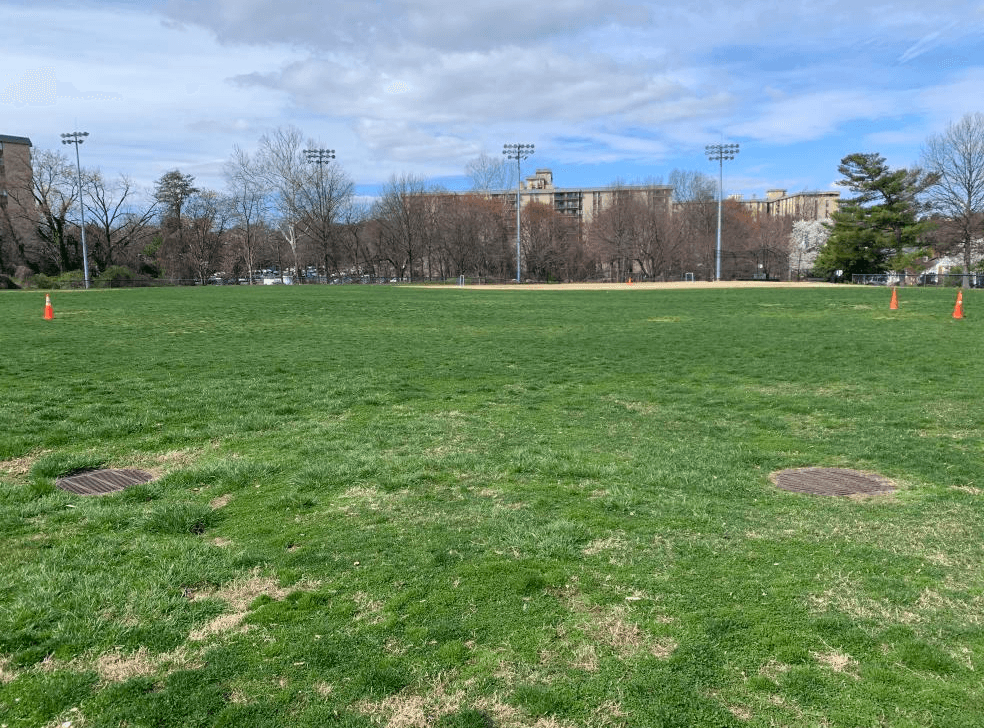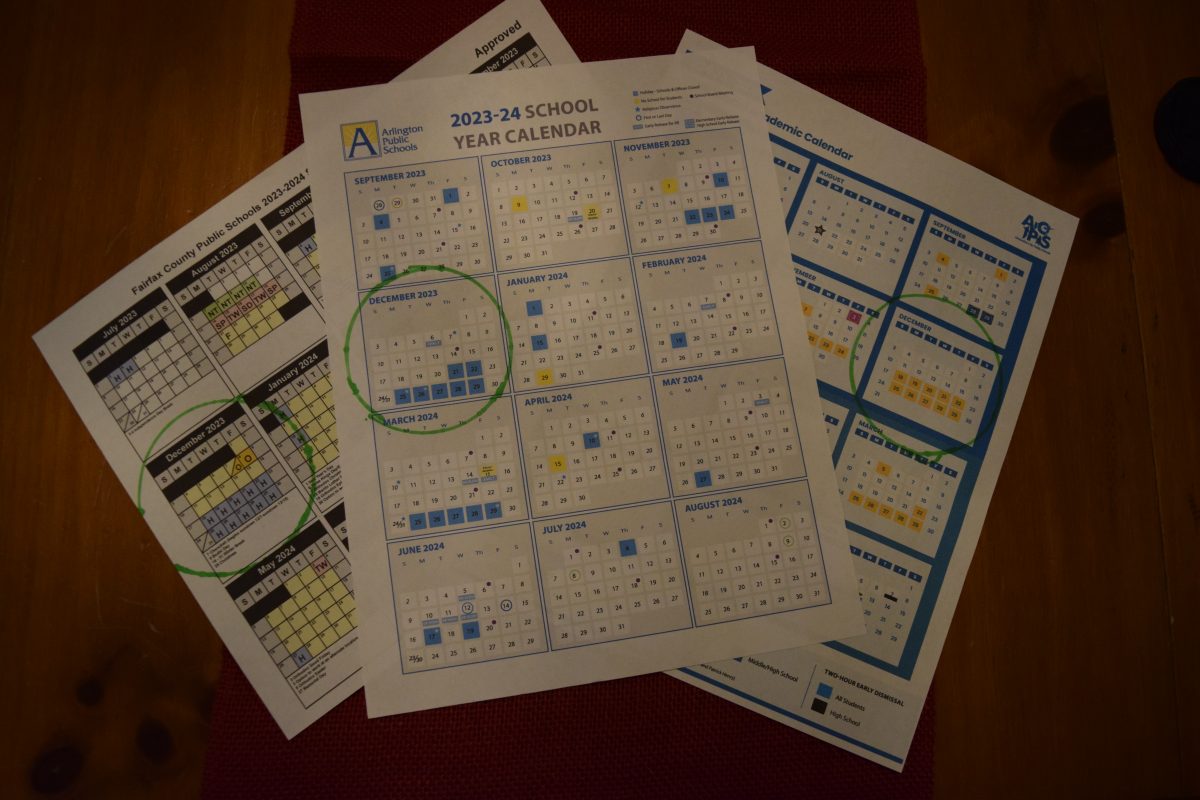As winter break approaches, winter storm predictions support a winter vastly different from previous years. Last year’s lack of snow was disappointing to many students with the zero snow days that followed. Despite past winters falling short, promising weather patterns show that students can expect more snow days this winter.
With above-average temperatures in the D.C. area last year, Arlington received just 0.4 inches of snowfall. This warmer winter was supported by prevalent Las Niñas winters.
La Niña refers to the sporadic cooling of the Pacific Ocean’s surface close to the equator and usually occurs for nine to 12 months. This leads to cooler, wetter winters in the Northern United States. and Canada, and warmer, drier winters in the Central and Southern U.S.
In the D.C. area, this normally leads to lower levels of snowfall.
This phase alternates with El Niño, the warming of the equatorial Pacific Ocean every one to four years. Los Niños winters generally encourage winter storms in the D.C. area.
Last winter’s La Niña prevented any winter storms, resulting in less snow than normal. In fact, the D.C. area has experienced recurring Las Niñas winters the past five years, explaining the snow shortage. Even so, last years’ bizarrely little snow was an uncommon event. D.C. has only experienced three other winters with less than an inch of snow ever.
D.C. recorded a mere 19.6 inches of snow in the past four winters combined. However, D.C.’s last El Niño, the winter of 2018-2019, picked up 16.9 inches of snow on its own.
Luckily, an El Niño winter has been forecast in the new year.
With it, FOX 5 has forecast 12-20 inches of snow. The news team predicts that the developing El Niño will cause both warmer than average air temperatures and higher than average rates of snowfall.
It is also possible that the D.C. area will see one, if not more, winter storms.
With the current El Niño setting its course this winter, the recurring cycle of snowless winters is expected to be broken. Arlingtonians can await a change in winter weather patterns this winter, and more snow days than the last.













































